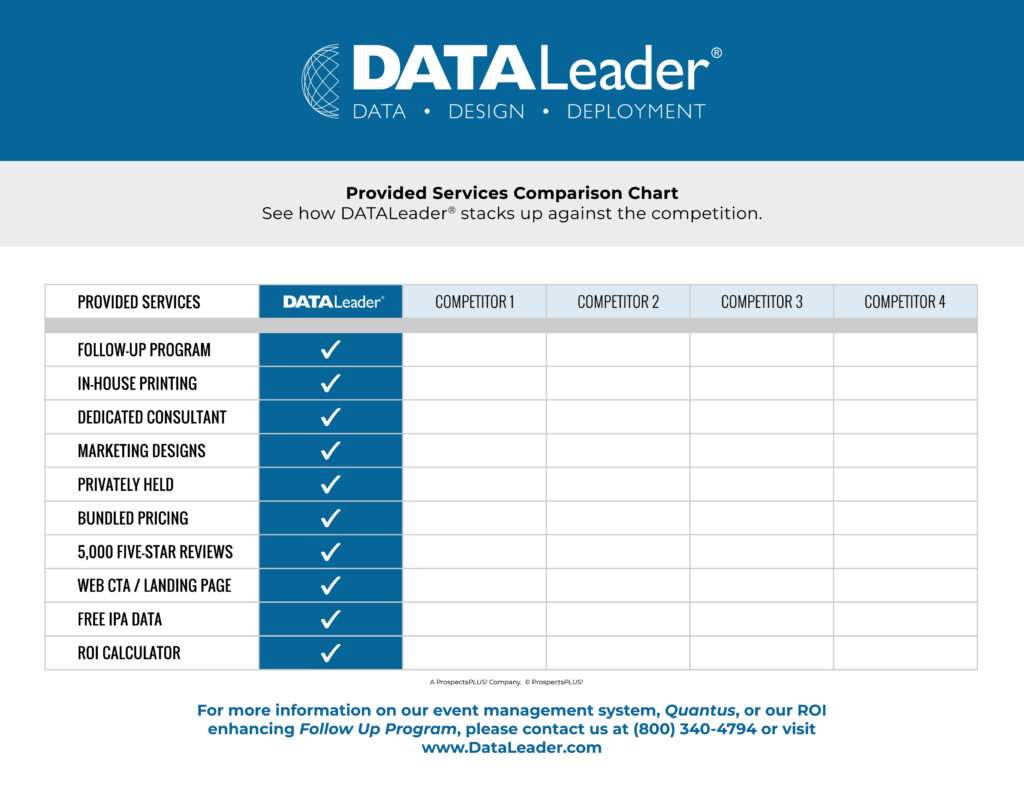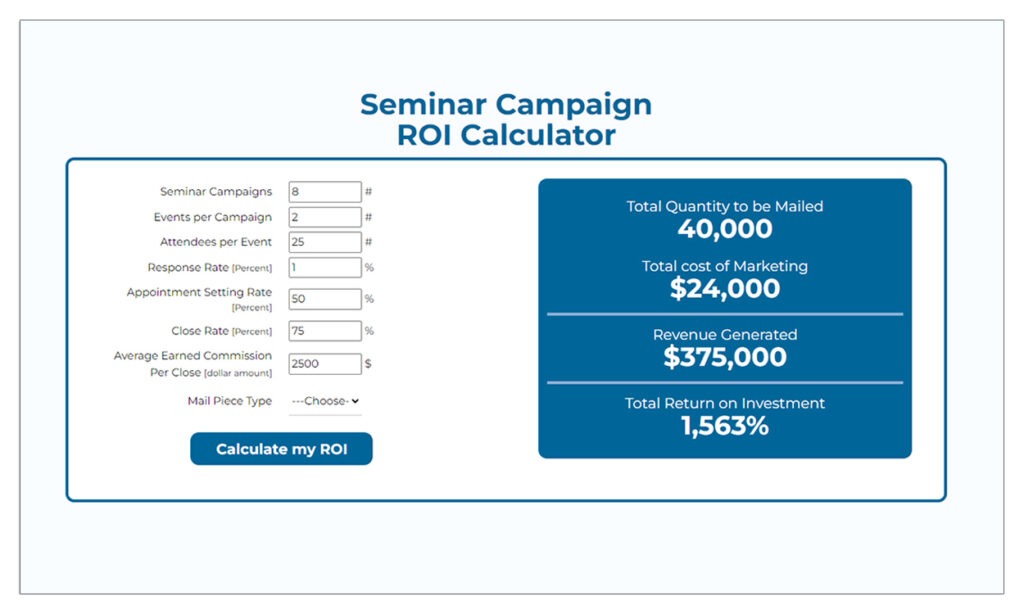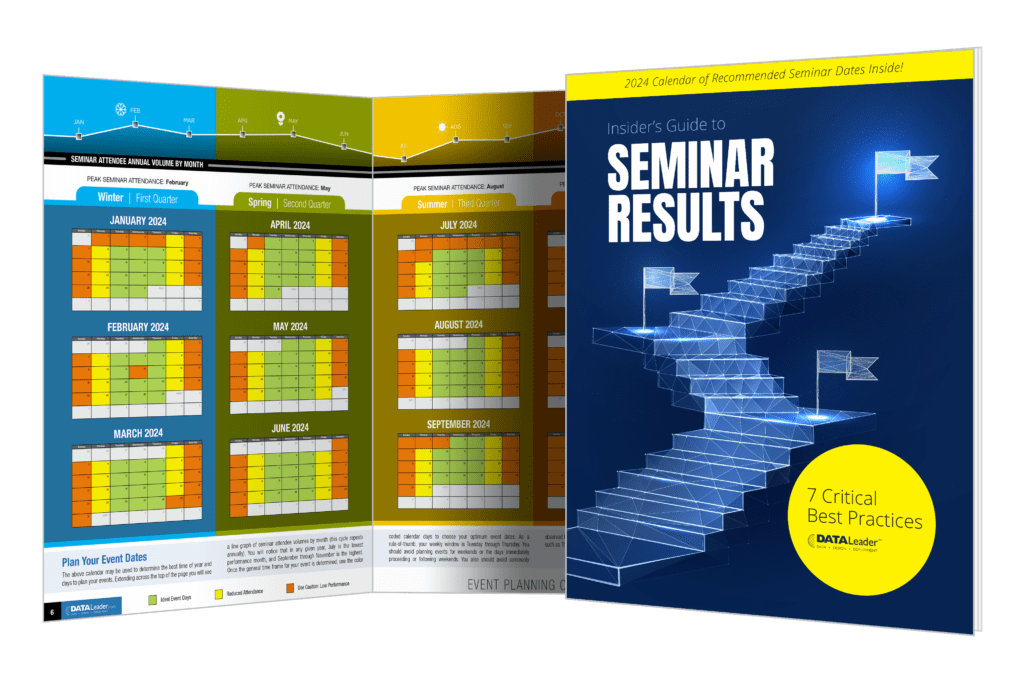Hook Your Audience Fast
Eye contact and sharp visuals are your opening act. Flip through no more than 10 slides in the first 5–10 minutes; attention spans are just 5–10 seconds, recent studies indicate.
Bold headlines and key statistics help you grab focus instantly.
Follow the Audience Memory Curve
Studies show audience engagement resets every 10 minutes, with attention plummeting in the middle of presentations.
Break your content into mini sections—pause, ask a question, switch media—and listeners tune back in.
Make Visuals Serve the Story
Visual aids aren’t decoration—they support storytelling. Slides with visuals are 43% more likely to be retained, and storytelling makes messages 22 times more memorable. Use large bold numbers, infographics, and sparse text to ensure clarity and impact.
Design Trends That Retain, Not Repel
Modern decks tend towards a minimalist style, characterized by simple layouts, bold contrast, and a single idea per slide.
Motion or micro-animation can increase retention by ~23% when used sparingly, guiding audience eyes without overwhelming them.
Engage with Interaction—Don’t Lecture
Allow Q&A or audience participation every 10 minutes to boost engagement by 25%.
Polls, quizzes, or even rhetorical prompts keep people active instead of passive listeners.
Practice and Poise Win the Room
Despite tech, 55% of presenters still read from slides. Avoid the trap by rehearsing at least three times, focusing on vocal variety and body language, which account for 93% of perceived effectiveness, compared to slide content at just 7%.
Action Steps to Fix Your Current Slide Deck
- Delete the first 2–3 slides if they’re boring title/intros; start with a bold image, quote, or question.
- Insert “pause slides” every 7–10 slides, accompanied by a prompt for interaction or discussion.
- Audit each slide: if it doesn’t visually support one clear point, cut or redesign it.
- Replace bullet points over 5 words with single keywords, images, or charts.
- Limit slides to one main idea each; avoid cramming multiple topics on a single slide.
- Add one audience engagement element per major section (poll, question, or activity).
- Remove or simplify cluttered graphics; stick to minimalist layouts and strong contrast.
- Rehearse three times without reading from the slides—use them as prompts, not a script.
For more information on our data-driven seminar marketing, the Quantus Event Management System, or our Seminar Follow-Up Programs, please contact our marketing consultants at (800) 340-4794 or visit us at www.dataleader.com

PLUS: When you have time…below are some free marketing resources to support the success of your dinner seminars.
The Seminar ROI Calculator

The Free, Online, Seminar ROI Calculator helps you visualize the impact of your seminar marketing. Just input your seminar data to see a projection of your cost for marketing, revenue generated, and total return on investment. To get started, Click Here.
The Free Insider Seminar Guide

The Free, Insider Seminar Guide includes the seven critical best practices for seminar marketing and an annual calculator of recommended seminar dates for the best ROI. To download your Free Insider Guide today, Click Here.
The Follow-Up Campaign ROI Calculator

The Free, Online, Follow-Up Campaign ROI Calculator helps you visualize the impact of continuity marketing. Just input your marketing campaign data to see a projection of your response rate, cost per conversion, commissions, and return on investment. To get started, Click Here.


